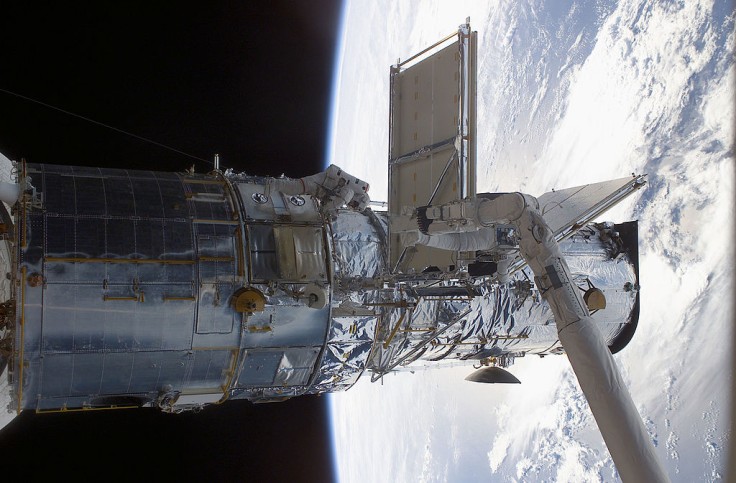
NASA officially scheduled a launch date for the James Webb Space Telescope. After years of delay, the $8.8 billion observatory teased to surpass the Hubble telescope could finally begin its service.
Named after NASA's second administrator, the James Webb Space Telescope is often referred to as Hubble's successor. It uses revolutionary technology that would help record cosmic space activity. Its 18 hexagonal gold-plated mirrors give the craft longer wavelength coverage and improved sensitivity, allowing the telescope to view distant universes.
James Webb Space Telescope History and Launch Date
According to The Verge, the telescope initially set a $1 billion budget in development and 2007 launch date. In 2011, the launch was postponed to 2018. NASA cited reasons like technical challenges and developmental accidents that caused delays.
In 2020, the NASA inspector general sill found problems with the spacecraft. The pandemic also caused extra delays, pushing its launch date to October 31st.
Early on Wednesday, NASA finalized the James Webb Space Telescope launch date to December 18th. NASA said the new date was planned in consultation with Arianespace.
NASA James Webb Space Telescope Uses Ariane 5 Rocket
James Webb Space Telescope would be sent into orbit through the Arianespace Ariane 5 rocket. They would launch from Europe's Spaceport in French Guiana, South America.
Before the date, the highly complex space telescope would undergo shipment operations to be transported in a highly enclosed and expensive container. It is stored at Northrop Grumman's facilities on Redondo Beach, California.
Although its launch date has been announced, the exact timing for the shipment and takeoff is kept highly confidential for security precaution.
James Webb Space Telescope Launch, Surpassing Hubble Space Telescope
In 2014, the YouTube channel James Webb Space Telescope (JWST) posted the spacecraft deployment details in a video format. Although many features have changed, and the space telescope might have received major upgrades, the deployment sequence for the craft is presumed to be the same.
Here are some highlights:
- James Webb Space Telescope will be launched into orbit
- It reaches optimal separation rate damping
- The spacecraft would commence solar array deployment
- Antenna release
- Initial mid-course correction
- Second antenna deployment
- Second mid-course correction
- Maintained altitude
- Forward sunshield pallet deployment
- Aft sunshield pallet deployment
- Tower deployment
- Aft membrane cover release
- Forward membrane cover release
- Core cover release
- Sunshield mid-boom deployment
- Second sunshield mid-boom deployment
- Sunshield rim deployment
- Sunshield membrane tensioning
- Momentum management flap deployment
- Vertical radiator shade deployment
- Cryocooler start
- Secondary mirror deployment
- Aft radiator deployment
- Wing deployment
- Secondary Wing deployment
- Mid-course correction
- Begin L2 halo orbit
The whole deployment procedure would take 29 days and 12 hours to complete.
If successful, James Webb Space Telescope should provide researchers and astronauts tons of exciting discoveries. It would also expand space exploration reaches.
Note, however, that details and its launch date are subject to change. NASA has full rights to adjust its schedule if they deem it necessary.









